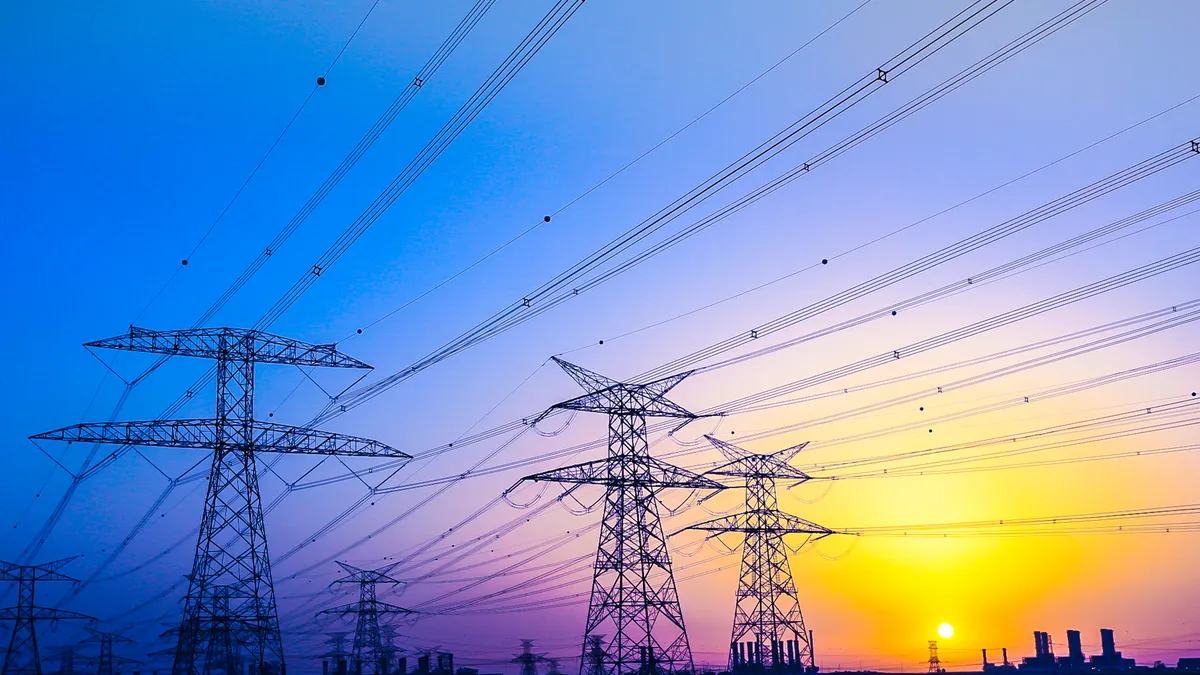The most prevalent type of conductor in the overhead electricity transmission network today has been around since 1909. After more than 100 years, Aluminum Conductor, Steel Reinforced (ACSR) is a known entity, to say the least. Aluminum Conductor, Steel Supported (ACSS) came along in the 1970s and is similarly well-known.
By comparison, composite core conductors are young on the timeline of utility assets. However, after 20 years in service, their performance benefits are clear, as are the considerations for using them in designing cost-effective transmission projects.
The primary benefits of composite-core conductors are reduced sag and increased capacity. Stranded carbon fiber cores have significantly less thermal sag than ACSR and ACSS and can transmit up to twice as much power in a conductor of the same diameter. Inherently, this benefit and others explored below change the design parameters for transmission projects.
Fewer support structures for new lines
New transmission lines that use composite core conductors require fewer support structures because their low sag behavior allows them to span greater distances. Longer span lengths allow designers to shorten or use fewer structures. The result is significantly lower total project costs by way of materials and right-of-way.
"Composite cored overhead conductors enable designers to optimize line designs while minimizing sight lines and reducing the overall project cost," said Charles Holcombe, manager of overhead systems and solutions at Southwire Co.
Reducing the number of structures lowered the total cost for a project in the western United States, he says. An aging transmission line needed to be rebuilt from the ground up with new support structures. The capacity requirements for the new line remained the same, so design engineers were able to use a smaller diameter composite cores conductor and double the distance between support structures to 1,200 feet. This meant half as many structures were needed for the new line, and the total project cost was 15% less.
Greater capacity for reconductored lines
Composite core conductors allow lines to be reconductored to increase the thermal capacity of the line instead, while other conductor solutions might require a complete rebuild that includes costly new structures. Simply replacing ACSR conductors with composite core conductors can allow for up to twice as much capacity with less sag.
"The cost advantage of reconductoring with composite core conductors is significant when a line needs to be upgraded for more capacity," Holcombe said. "Instead of the huge costs of constructing new, larger foundations and structures for ACSR or ACSS, you invest a bit more by installing high-performance conductors onto the existing structures."
Similar cost advantages come into play when unique design challenges arise. Holcombe details a project in which riverbank soil erosion required a support structure to be moved farther from the river, which increased the river crossing span length from 1,290 feet to 1,840 feet. Increasing the span length would have increased the sag of the ACSR, requiring new, larger structures and foundations on both sides of the river. Instead, the design engineers chose to use a composite core conductor, which spanned the distance without an increase in sag, preventing a full line rebuild while reducing the total project cost.
Other factors to consider
Installation requirements are an important factor when selecting conductors for transmission projects. In this regard, the advantage of stranded composite core conductors is greater flexibility and better bending tolerance. Plus, composite cores may require the same equipment, hardware and work practices familiar to crews who install ACSR or ACSS.
Stranded composite cores are not susceptible to a single point of failure. "The multi-strand composite cores of our C7® overhead conductors contain thousands of continuous carbon fiber strands encased in a polymer matrix," Holcombe explains. "The result is a conductor that's more durable and reliable than anything on the market."
Line losses are another factor of concern considering today's growing market for renewable energy. Composite core conductors suffer no losses from core magnetization, which affects steel core conductors. Power losses mean lost revenue for the owners of wind farms and solar power plants that sell generation into the transmission system.
Ultimately, composite cores have earned a place alongside the tried-and-true conductors of the industry. Plus, when total project cost is considered, the composite core solution will typically beat the old workhorses across the board.










